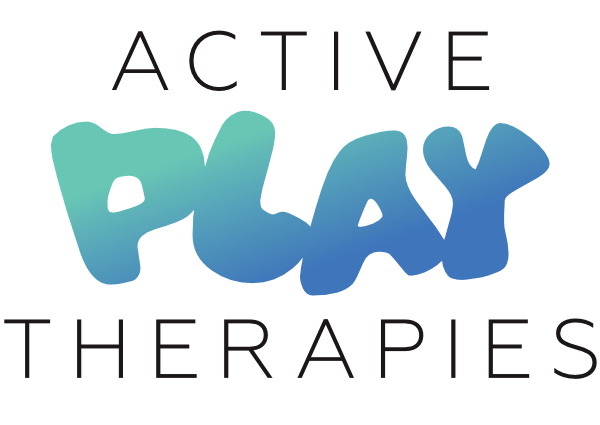Thoughts From a Therapist: The Virtues of Virtual
Originally published on Sensory Integration Education on 29 September 2021.
This is a regular series written by Advanced SI Practitioner Anna Willis about something that piqued her professional interest or inspired her in some way over the last month. Anna, an occupational therapist and owner of Active Play Therapies, has over 10 years of experience working with children and adults with a range of learning disabilities and autism. This month, Anna considers the virtues of virtual therapy:
“As I’m now getting ready to going back to face-to-face ASI (Ayres Sensory Integration), I’ve been reflecting on the virtual world I found myself thrust into in 2019. A lot of my skill set is not reliant on verbal communication. As SI OTs we set up opportunities in the environment to encourage fun, novel physical interactions. Without being face-to-face, this was quickly lost. I found that I was hesitant to offer online sessions to many of the children I’d worked with face-to-face as I felt the demand to sit in front of a screen, listen and talk was potentially setting up some of these children to fail, compared to the relatively low verbal demands of face-to-face sessions.
“Instead, I offered parent consultations and assessment through video calls and video review. What I found was invaluable. The video clips I was sent by parents and carers opened up a whole new world of observation. As OTs, we want to see how people are functioning in their environments but so often, when I went to observe, parents would comment “Oh, they wouldn’t usually do that. It’s because you’re here!” and clearly it was a different experience to the child’s daily life to have a therapist lurking in the corner!
“The videos I received showed me snapshots of normal daily life: typical interactions and performance without the added variable of a stranger’s presence. I could rewind and re-watch tiny fleeting moments many times, observing things that I would have missed in person.
“Using video is certainly not new to COVID-19 – however, using it as extensively throughout my assessments is, and that’s something I’ll be taking forward. For now though – I’m excited to be back to getting on the swings!”
